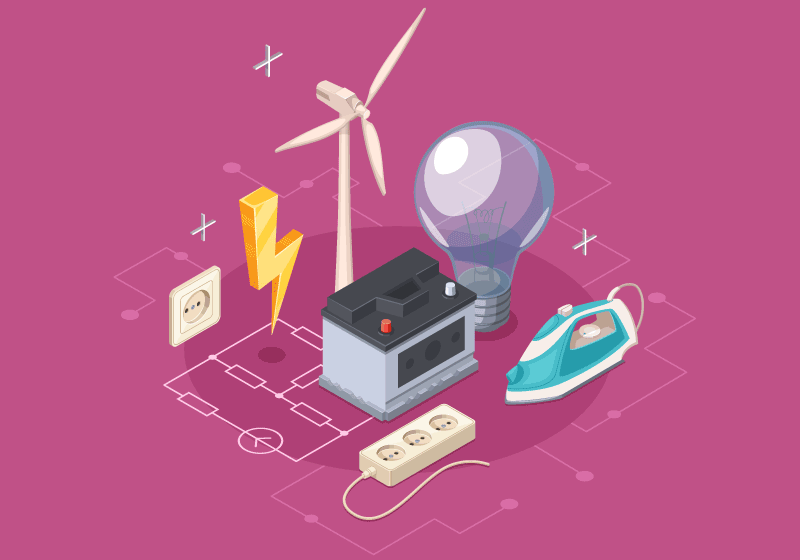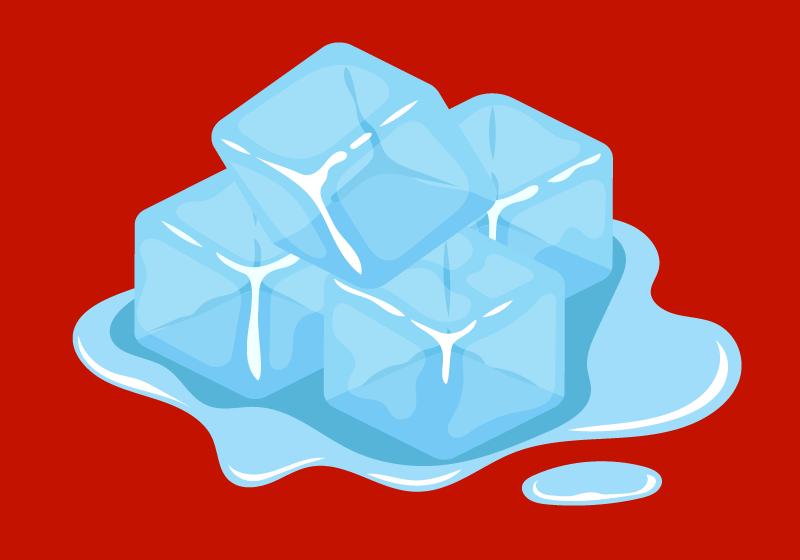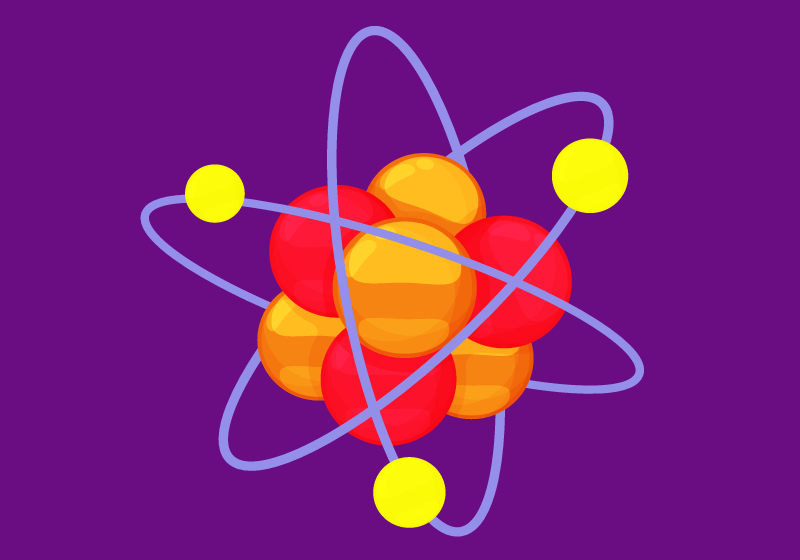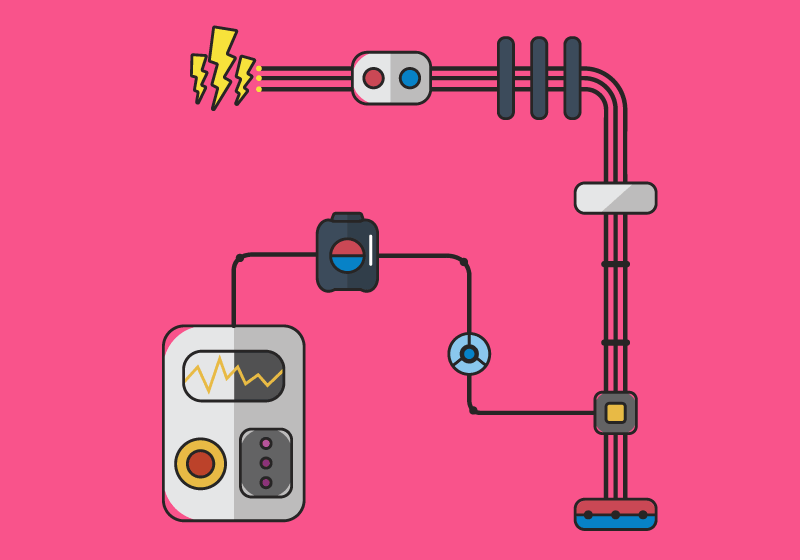OCR physics B21C – P2
Pressure in a Gas
Gas Pressure is created when gas particles collide with the walls of their container. The more often the particles collide with the walls, and the faster…
Moments
Forces can cause an object to rotate and the turning effect of the force is called a moment. If a resultant force acts on an object about a…
Force on a Spring
When a force acts on a spring it is stretched or compressed, its length will changes by an amount e from its original length. Demo In…
Pressure
Pressure can be calculated if you know the force applied to or by an object and the contact area. The units are newtons per square…
Force, Mass and Acceleration
An object of constant mass accelerates in proportion to the force applied. Demo In this tutorial you will learn how to calculate the force applied to an object…
Kinetic Energy
In physics, the kinetic energy (KE) of an object is the energy that it has due to its motion. It is defined as the work needed for an object of…
Specific Heat Capacity
Specific heat capacity is how much heat energy is required to raise 1 kg of a substance by 1 °C. What is Specific heat…
Power
The quantity power is the rate at which work is done. The quicker work is done the greater the power. What is Power? The…
Elastic Potential Energy
Stretching or squashing an object can transfer energy into its elastic potential energy store. What is Elastic potential energy? Stretching or squashing an object…
Charge
The size of the current is the rate of flow of charge. Electrons are negatively charged particles which transfer energy through wires as electricity….
Resistance
Resistance is an electrical quantity that measures how a device or material reduces the electrical current flow through it. What is Resistance? Resistance is…
Electrical Power
The power of an appliance is the energy that is transferred per second. Electric power is the rate, per unit time at which electrical…
Density
Density is a measure of how compact the particles are in a substance. Density is defined as the mass per unit volume. What is Density…
Specific Latent Heat
Specific latent heat is the energy needed to change the state of a substance. What is Specific latent heat? Specific latent heat is the…
Half Life
The radioactivity of a sample decreases over time. Half life is a measurement of this decrease. What is Half life? The radioactivity of a…
Gravitational Potential Energy
Lifting an object in a gravitational field transfers energy into the objects gravitational energy store. Gravitational potential energy is the energy an object has due to its…
Efficiency
The efficiency of a device is the proportion of input energy that is converted to useful energy. What is Efficiency? The efficiency of a…
Energy Transformed
The potential difference between two points is the energy transferred per unit charge. An electrical circuit is an energy transformation device. What is Energy…
Forces and Work Done
The unit for work done is the joule (J), or Newton meter (N-m). One joule is equal to the amount of work that is done when 1 N of force moves an…
Momentum
All moving objects have momentum. Forces can cause changes in momentum. The total momentum in a collision or explosion is conserved and stays the…
Transformers
A transformer is an piece of electrical apparatus which will increase or decrease the voltage in an alternating current. It can be designed to “step up”…
The Motor Effect
A current-carrying wire or coil can exert a force on a permanent magnet. The force increases if the strength of the magnetic field and/or current increases. This is…
Uniform Acceleration
Uniform or constant acceleration is a type of motion in which the velocity of an object changes by an equal amount in every equal time period. Demo…
Pressure in Fluids
Fluid pressure is exerted on the surface of an object in a liquid. This pressure causes upthrust . An object placed in a liquid will begin to sink….
Acceleration
Acceleration is how quickly the velocity is changing whether it be speed, direction or both. Acceleration is a measure of how quickly the velocity…
Speed
Speed is how fast an object is moving in no given direction. Velocity is how fast an object is moving in a given direction….
Weight on the Moon
Weight is the force acting on an object due to gravity. The weight of an object is defined as the force of gravity on the object…
Weight on Earth
Weight is the force acting on an object due to gravity. The weight of an object can be defined as the force of gravity on the…





























